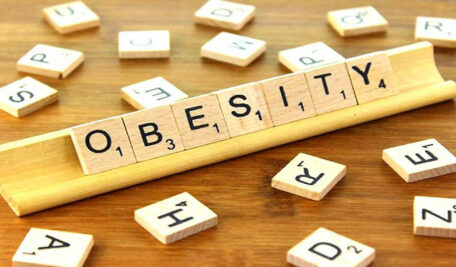Our Terms & Conditions | Our Privacy Policy
Editorial: Alarming obesity-Telangana Today
Children are developing obesity and metabolic syndrome early because of the dietary shift towards more processed and fast foods
Published Date – 4 June 2025, 12:06 AM
The co-existence of malnutrition and childhood obesity represents a paradoxical challenge that is unique to India. While millions of children go to sleep with empty stomachs despite the country boasting surplus food production, a shift in dietary choices and sedentary lifestyles is pushing many children, particularly in urban areas, towards obesity. The latest study by the All India Institute of Medical Sciences (AIIMS) has found alarming levels of obesity among schoolchildren in the national capital. The data reveals a disturbing socio-economic trend: over 24% of private school students were classified as obese, compared to 4.5% in government schools. Students in private schools were also found to be twice as likely to have elevated blood sugar and three times more likely to exhibit metabolic syndrome — a dangerous cluster of conditions that includes hypertension, abnormal cholesterol, and insulin resistance. This could significantly increase the risk of early-onset cardiovascular diseases, musculoskeletal disorders and Type 2 diabetes. This problem is not just confined to Delhi but represents a nationwide trend. If left unchecked, this could take on the form of an epidemic. Children are developing obesity and metabolic syndrome early because of the dietary shift towards more processed and fast foods. Obesity and overweight are the most important risk factors responsible for diabetes, and the disease burden can be prevented or delayed by lifestyle changes, including adopting a healthy diet and doing regular physical activity. The problem lies in the priorities that we set for our children.
While there is no focus on investing in physical fitness and playgrounds in schools, TV watchers in India are bombarded with a flood of advertisements promoting junk food and soft drinks. This constant false messaging about the benefits of unhealthy junk food must stop immediately to check childhood obesity. According to a global study, more than 12 million children in the country, aged between five and 19, were grossly overweight in 2022, up from 0.4 million in 1990. According to the World Obesity Atlas 2023, over 11% of India’s population will be obese, with a very high annual increase of 5.2% in adult obesity between 2020 and 2035, and there will be a 9.1% increase in childhood obesity. The report, which must serve as a wake-up call for an increasingly sedentary society, found that low or middle-income countries in Asia and Africa are expected to see the greatest increase in obesity in the coming years. Comprehensive national action plans are needed to prevent and treat obesity, which is linked to several illnesses, including Type 2 diabetes and some forms of cancer. It accounts for four million deaths annually, with the global rates having tripled over the last five decades. It’s time for targeted interventions at various levels, including a massive drive to change dietary habits.
Images are for reference only.Images and contents gathered automatic from google or 3rd party sources.All rights on the images and contents are with their legal original owners.



Comments are closed.